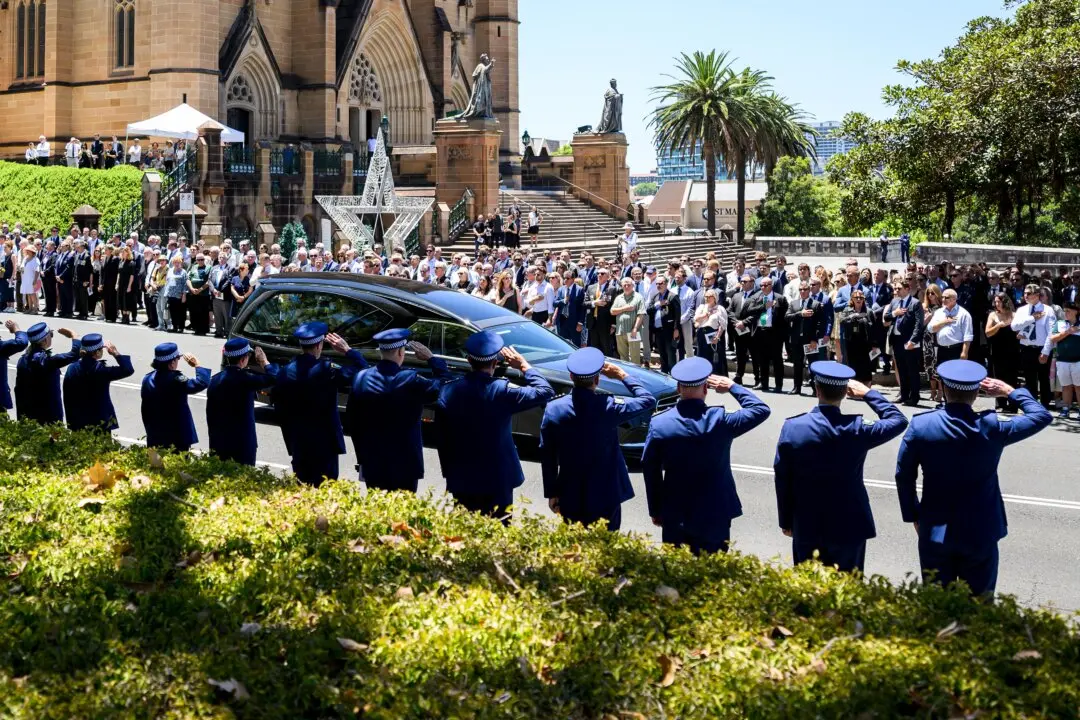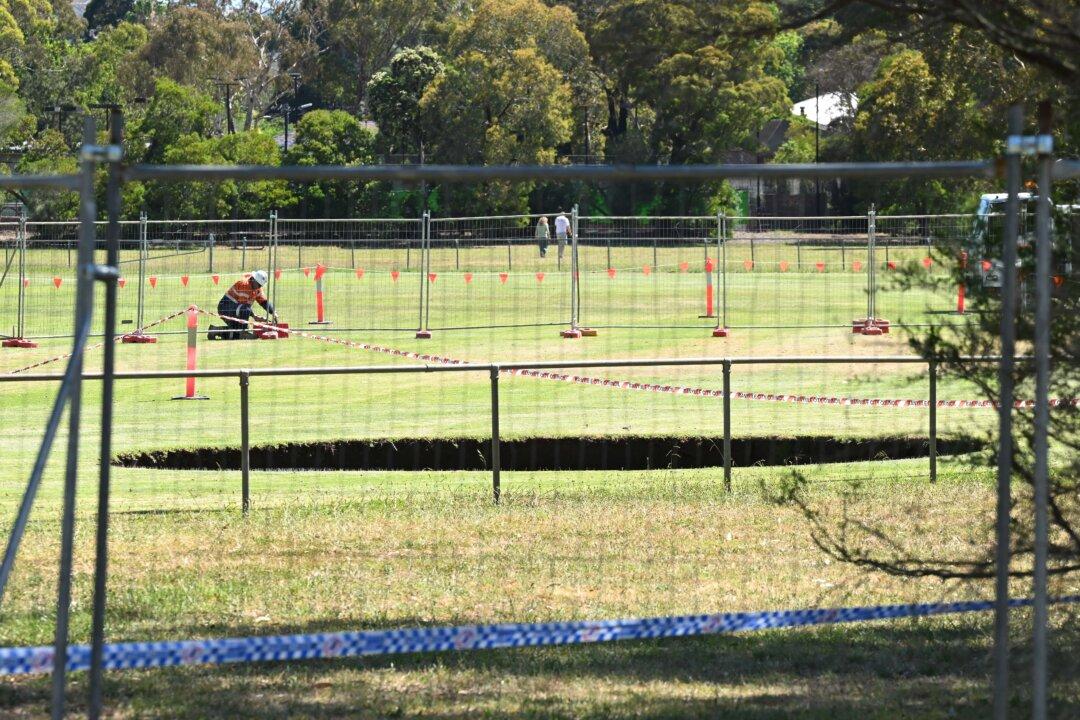The Reserve Bank’s action in cutting the cash rate and buying bonds will provide important support for the economy but has “limited scope”, Treasury boss Steven Kennedy says.
The central bank, which cut the cash rate to 0.1 percent on November 3, will explain the decision and its massive bond buying program in its quarterly statement on monetary policy to be released on November 6.





